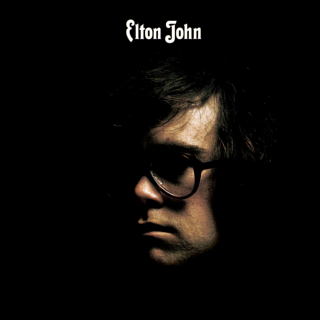How tough? Side one is devoted to “Foreigner Suite”, 18 minutes of continuous music that can’t decide if it wants to be prog or disco. There are several sections devoted to lyrics, so it seems like a transcription of a long letter, maybe a dream? More than anything it comes off like unfinished fragments, strung together to seem more profound. Some of it is quite nice, like the breakdown following the solos after the “freedom calling” segment, and his revisiting of the “there are no words” theme from the opening. But what stands out today more than anything is the final section, which we’ll call “heaven must’ve programmed you”. A unique sentiment, to be sure, but the melody is most recognizable as the title track from Coldplay’s Viva La Vida, and you’ll still be humming after the song’s faded away.
The shorter songs on side two are cut from the same cloth. “The Hurt” is breezy R&B, but any sensitivity is cancelled out by the growl in his vocal. “How Many Times” could pass for a Van Morrison track of the same era if you let it. “Later” burbles along like an outtake from Superfly, but the verses take much different directions, with lyrics that come off as parodic (“I want to feel your body close/From your head down to your toes/Maybe help you fold your clothes”). Whatever “100 I Dream” is supposed to be about, it sounds closest to the acoustic affirmations that made us like the guy in the first place.
While Foreigner fails as a departure from the norm, and as difficult as it is, it just earns a positive rating. In some ways it’s preferable to Catch Bull At Four, since it’s not as dense, the suite aside. But it rivals his ‘60s pop recordings as the most uncomfortably dated album of his career to date.
Cat Stevens Foreigner (1973)—3
_(Front_Cover).jpg)




.jpg)
